- Home
- About Us
- TSPT Academy
- Online Courses
-
Resources
- Newsletter
- Business Minded Sports Physio Podcast
- Day in the Life of a Sports PT
- Residency Corner
-
Special Tests
>
-
Cervical Spine
>
- Alar Ligament Test
- Bakody's Sign
- Cervical Distraction Test
- Cervical Rotation Lateral Flexion Test
- Craniocervical Flexion Test (CCFT)
- Deep Neck Flexor Endurance Test
- Posterior-Anterior Segmental Mobility
- Segmental Mobility
- Sharp-Purser Test
- Spurling's Maneuver
- Transverse Ligament Test
- ULNT - Median
- ULNT - Radial
- ULNT - Ulnar
- Vertebral Artery Test
- Thoracic Spine >
-
Lumbar Spine/Sacroiliac Joint
>
- Active Sit-Up Test
- Alternate Gillet Test
- Crossed Straight Leg Raise Test
- Extensor Endurance Test
- FABER Test
- Fortin's Sign
- Gaenslen Test
- Gillet Test
- Gower's Sign
- Lumbar Quadrant Test
- POSH Test
- Posteroanterior Mobility
- Prone Knee Bend Test
- Prone Instability Test
- Resisted Abduction Test
- Sacral Clearing Test
- Seated Forward Flexion Test
- SIJ Compression/Distraction Test
- Slump Test
- Sphinx Test
- Spine Rotators & Multifidus Test
- Squish Test
- Standing Forward Flexion Test
- Straight Leg Raise Test
- Supine to Long Sit Test
-
Shoulder
>
- Active Compression Test
- Anterior Apprehension
- Biceps Load Test II
- Drop Arm Sign
- External Rotation Lag Sign
- Hawkins-Kennedy Impingement Sign
- Horizontal Adduction Test
- Internal Rotation Lag Sign
- Jobe Test
- Ludington's Test
- Neer Test
- Painful Arc Sign
- Pronated Load Test
- Resisted Supination External Rotation Test
- Speed's Test
- Posterior Apprehension
- Sulcus Sign
- Thoracic Outlet Tests >
- Yergason's Test
- Elbow >
- Wrist/Hand >
- Hip >
- Knee >
- Foot/Ankle >
-
Cervical Spine
>
- I want Financial Freedom
- I want Professional Growth
- I want Clinical Mastery
|
With the progression of evidence-based practice, much of the research that is being performed is looking to determine what treatment techniques are most effective for a variety of injuries. Included in that research is the development of clinical prediction rules (CPR's), which are used to take various exam findings and cluster them to determine more effective treatment measures. The below findings for individuals with neck pain were initially found to have significant benefit from thoracic manipulations (Cleland et al, 2007): There is an extensive process for developing a CPR that has true utilization and application. After a CPR has been proposed, it must go through a validation procedure. When reviewed, this CPR was unable to be validated (Cleland et al, 2010); however, those in the manipulation group were still found to have improved short- and long-term disability. Just because it didn't have the other original intended effects, doesn't mean it may not have a use. Whether thinking about the thoracic spine in an anatomical sense or a neurophysiological one, manipulating the region can be incredibly useful. The T6-7 area has been shown to be a tension point as the vertebral canal is relatively narrow compared to the spinal cord here. Additionally, there is little movement in the spinal core here relative to the adjacent structures. These restrictions can affect nerve irritability and function. With manipulation and mobilization, the biomechanical aspect of nerve mobility can theoretically improve or it may simply be stimulating the nervous system in a novel way (or it may be purely psychological). Either way, manipulating the thoracic spine can be beneficial for many injuries. It's definitely a skill worth practicing and implementing! -Dr. Chris Fox, PT, DPT, OCS References: Cleland JA, Childs JD, Fritz JM, Whitman JM, Eberhart SL. "Development of a clinical prediction rule for guiding treatment of a subgroup of patients with neck pain: use of thoracic spine manipulation, exercise, and patient education." Phys Ther. 2007 Jan. Web. 08/18/2012. Cleland JA, Mintken PE, Carpenter K, Fritz JM, Glynn P, Whitman J, Childs JD. Examination of a clinical prediction rule to identify patients with neck pain likely to benefit from thoracic spine thrust manipulation and a general cervical range of motion exercise: multi-center randomized clinical trial. Phys Ther. 2010 Sep;90(9):1239-50. TSPT now offering a comprehensive Cervical Spine CourseInterested in learning more about the cervical spine?
Looking for advanced sports and orthopedic content? Take a look at our BRAND NEW Insider Access pages! New video and lecture content added monthly.
1 Comment
|
Dr. Brian Schwabe's NEW Book in partner with PaleoHacks!
Learn residency-level content on our
Insider Access pages We value quality PT education & CEU's. Click the MedBridge logo below for TSPT savings!Archives
July 2019
Categories
All
|

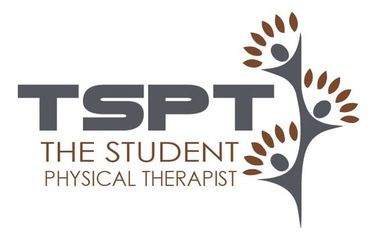
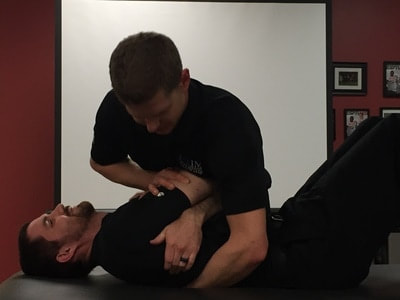
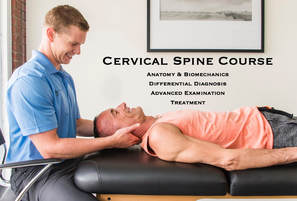
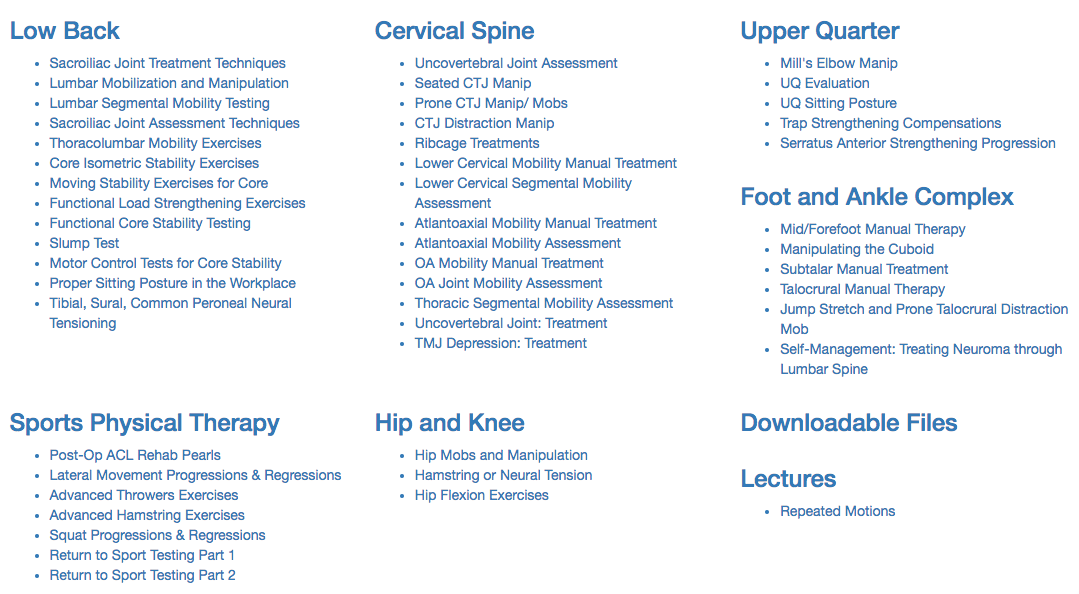
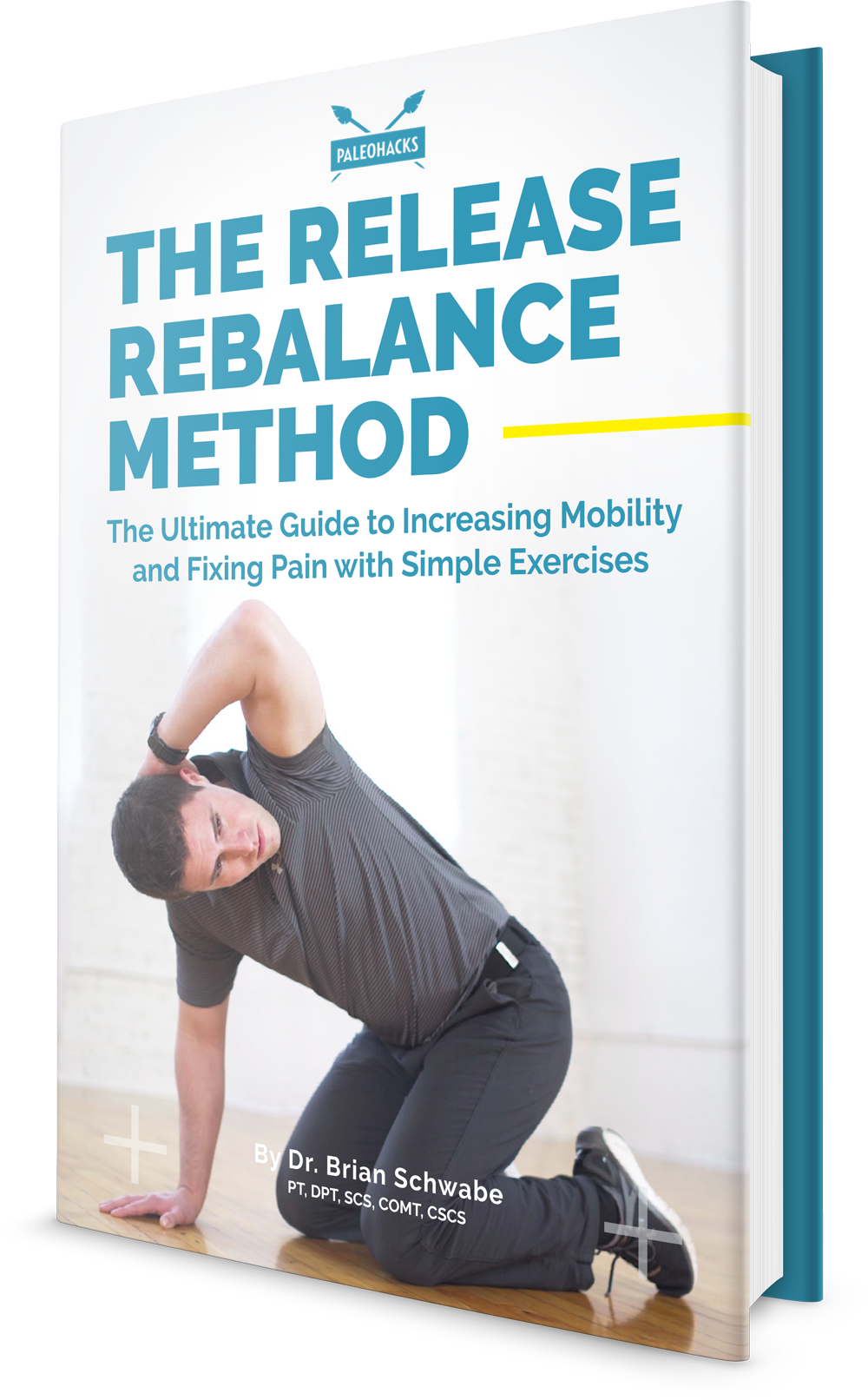



 RSS Feed
RSS Feed